Reviews
Bill Rebane
USA, 1983
Credits
Review by Thomas Scalzo
Posted on 28 October 2012
Source Mill Creek Entertainment DVD
Categories 31 Days of Horror IX
Bill Rebane: if you know him, you know The Giant Spider Invasion. And if you know The Giant Spider Invasion, you most likely know the Mystery Science Theatre 3000 version, with its running commentary of good-natured mocking. While it’s certainly true that Rebane’s work, Spider Invasion in particular, is a treasure trove of ridicule-friendly horror, the man should not be dismissed as a mindless moviemaking hack. He may have routinely lacked for funds, but a thorough examination of his output shows a man with an obvious fascination with fantastic tales, and a fierce determination to bring those tales to life. Whether that determination led to relying on hokey special effects or dialogue heavy screenplays, Rebane found a way, time and again, to tell his stories. And that’s what makes Rebane’s films resonate, despite their obvious shortcomings: they are his films. They are labors of love, filled with a charming purity that can only be achieved by an independent artist following his vision. On Sundays this month we’ll take a look at four features from this low-budget auteur from Wisconsin.
Something is happening… or is going to happen.
—The Reverend of Ludlow
Puritan ghost children pelt old women with rocks. Tree stumps and kitchen sinks explode in geysers of sparks and flame. A magic force field prevents anyone from leaving town. And at the heart of it all, an evil piano levitates, bleeds, pulsates, and somehow summons a demon horde to do its nefarious bidding. Welcome to the outlandish world of Bill Rebane and his inscrutable ghost story The Demons of Ludlow.
The fun begins at the Ludlow bicentennial celebration. Dim lighting, disinterested glares from the town’s elderly population, and some awkward dancing. About all this party has going for it is the enthusiastic banjo playing by the local bluegrass adept. Just as interest in the festivities appears to wane, however, the mayor steps to the microphone and announces that he has a special gift for his people: a shiny white piano, courtesy of the town founder’s ancestors. Though the people seem appreciative of the gesture, this odd gift clearly causes as much confusion as excitement. Peculiarly, one of the bystanders is heard to mutter, “I don’t want to get too close to that thing.” Then we notice that Rachel the reporter is standing at the back of the room studying the mayor’s speech with uncertainty. As this confusing scene draws to a close, a frisky young couple slips away to make time in the nearby hayloft. Unbeknownst to them, however, the arrival of the piano seems to have unleashed some sort of evil presence in town, and in short order, the lovers are gruesomely dispatched.
All told, it’s a decent horror setup: a small town haunted by an unnamable fear, an unexplained double murder, an inquisitive reporter determined to get to the bottom of things, and an oddly important piano. As the introduction segues to a voiceover montage featuring Rachel wandering around town and explaining why she is so fascinated by Ludlow, hopes are high that a chilling gothic mystery is afoot. Adding to the intrigue are the varied hints of the Ludlow curse. Apparently, horrible things have been happening here for nigh on two hundred years, ever since Ephraim Ludlow, the town founder, was exiled to England. That no one seems sure of the actual cause behind these myriad events is what brought Rachel back to town in the first place, and why the Reverend feels that anything bearing even the slightest connection to the Ludlow family, such as the white piano, should be treated with the utmost caution.
Despite the promise inherent in this story, any sense of mystery generated by the first few scenes is almost immediately undermined by a series of inexplicable narrative decisions. For starters, we learn that Rachel grew up in Ludlow, and spent many an afternoon listening to the tales her grandfather used to tell about the town’s history. As she reveals each memory to us, it becomes clear that she knows quite well who is the likely culprit behind the strange goings on. Instead of coming into the story cold, and allowing us a conduit through which to gradually understand the true nature of the horror, Rachel knew much of the truth the entire time. What we learn from her is a result of explication, not discovery. And then we have the animated conversations between the Reverend and the Mayor. After a few exchanges, it becomes obvious that both men have been dealing with the town curse for a long time, and are convinced that the piano is yet another ill omen. Without having to sift through clues, or follow false leads, we’re all but told that the piano is directly connected to the curse of Ephraim Ludlow.
Surprisingly, once the trappings of an actual gothic mystery are stripped away, we realize we’re in the midst of a ludicrous, but very entertaining, drama. The earnestness with which Rachel and her friend Winifred pour over old newspaper articles and discuss the details; the verve with which the Reverend and the Mayor debate how best to save their town; the harebrained reasons Rebane and company come up with to explain why no one is bothering to take action against the piano; each scene is so heavily laden with melodrama and illogic that it’s hard to care that the mystery has been solved. One of the most magical moments involves Rachel and Winifred discovering some inscrutable words written on the side of the piano. If only they could get a closer look, they might be able to decipher the puzzling text and confirm their suspicions. But wait: isn’t the piano just sitting in the unlocked main room of the town hall? Wouldn’t it be quite easy to examine it? Not on Rebane’s watch. They can’t check out the piano because they have to cover the town board meeting! The exasperation with which the news duo reacts to this mandatory assignment is hilarious.
As we march inextricably toward the magical moment when all the characters finally admit what they seem to have known all along, that the piano is evil, the narrative oddities continue to mount. Explosions occur for no reason, demonic hands reach through ceilings to strangle the unwary, ancient scrolls are uncovered listing out the names of the damned, and the lines between past and present begin to blur. When we witness Rachel standing on a dirt road, dressed in eighteenth century garb, and banging fruitlessly on a magical force field, unanswerable questions threaten to overwhelm the film. Has she traveled back to the past? Has the past caught up to the present? Can piano demons manipulate space and time? Despite a tedious climax featuring clichéd demons laughing manically and acting smug, the inanity of the narrative and the gloriously overwrought main characters are more than enough to offset this deficiency.
During his twenty years of active feature filmmaking, Bill Rebane offered up his fair share of oddball fiends: whether life-draining red lights, extra-dimensional giant spiders, or gold-hoarding aqua beasts, Rebane was rarely content to rely on a hackneyed source of fear to anchor his tales. While an evil piano likely doesn’t conjure up the same lurid imagery as the examples above, Rebane somehow found a way to center a story on this bizarrest of baddies. Sure it’s ridiculous, clumsy, and implausible, but it’s also great fun. In other words, it’s a Rebane.
More 31 Days of Horror IX
-
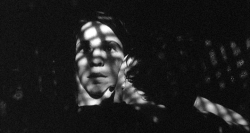
The Addiction
1995 -

Psycho III
1986 -
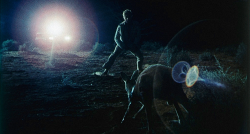
Wake in Fright
1971 -
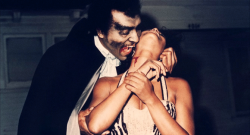
Blacula
1972 -
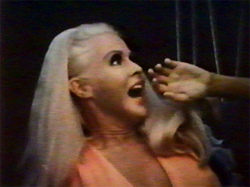
Big Foot
1970 -

Trollhunter
2010 -
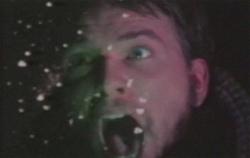
Invasion from Inner Earth
1974 -
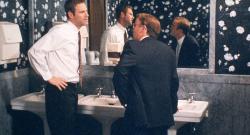
In the Company of Men
1997 -
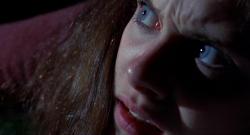
Happy Birthday to Me
1981 -
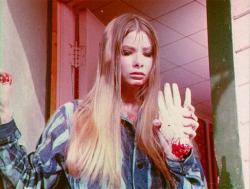
I Drink Your Blood
1970 -
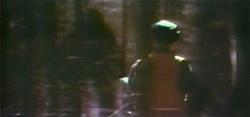
The Legend of Boggy Creek
1972 -

Maximum Overdrive
1986 -
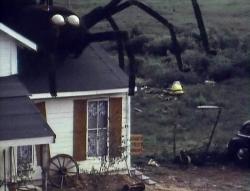
The Giant Spider Invasion
1975 -
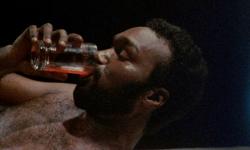
Ganja & Hess
1973 -
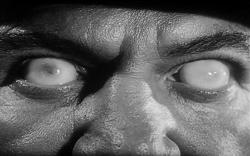
Not of This Earth
1957 -

Let’s Scare Jessica to Death
1971 -
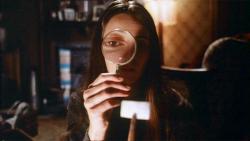
Next of Kin
1982 -
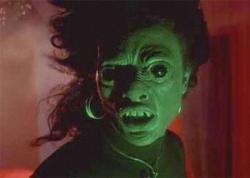
Def by Temptation
1990 -
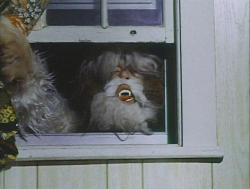
Shriek of the Mutilated
1974 -
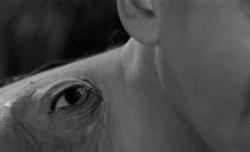
The Manster
1959 -
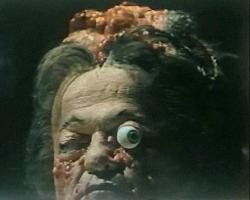
The Alpha Incident
1978 -
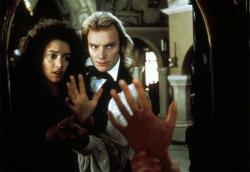
The Bride
1985 -
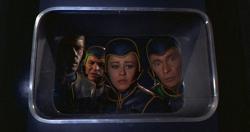
Planet of the Vampires
1965 -

The Hole
2009 -
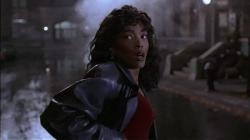
Vampire in Brooklyn
1995 -
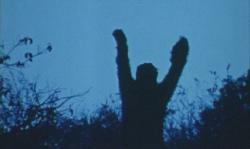
Sasquatch: the Legend of Bigfoot
1977 -
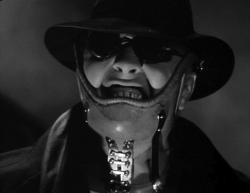
Mad Love
1935 -
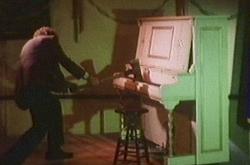
The Demons of Ludlow
1983 -

Habit
1997 -

Elephant
1989 -
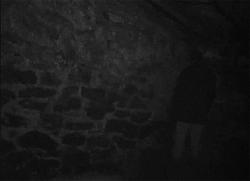
The Blair Witch Project
1999
We don’t do comments anymore, but you may contact us here or find us on Twitter or Facebook.



